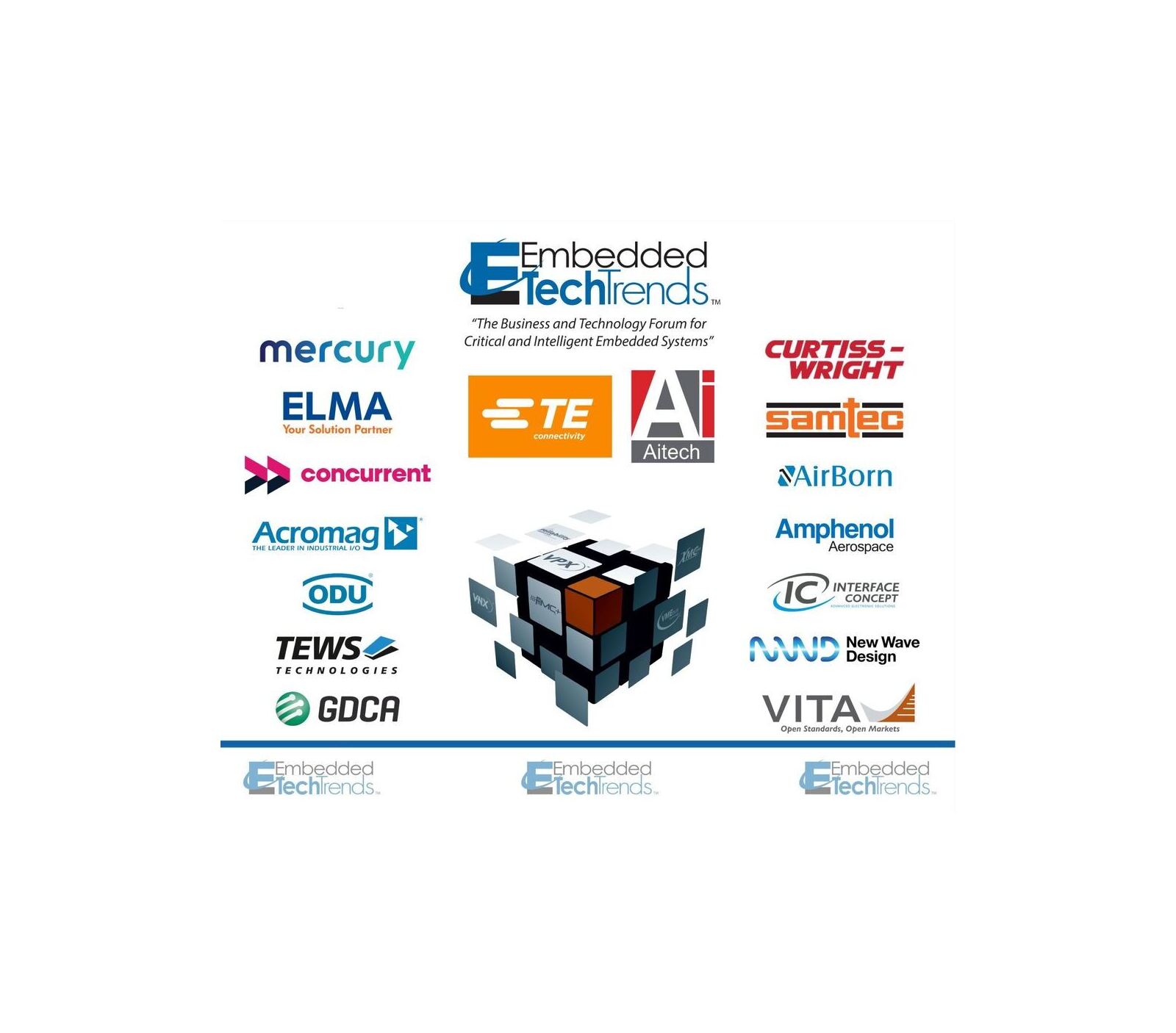Last year I stated that programs are stabilizing. Today I think they are about as stable as they are going to get, given current economic and political conditions. However, as I write this, the Obama administration announced that a small number of U.S. special operations forces will be sent into Syria. The global economy is still very unstable and the political environment even more unstable. Unrest in the Middle East will not calm down in the foreseeable future, if ever. Defense programs will continue to spend heavily on autonomous weapon systems.
The unmanned aerial vehicle (UAV) market has expanded to the point where the Association for Unmanned Vehicle Systems International (AUVSI) renamed its premier conference for UAV and robotics technology industry to XPONENTIAL, marking the expansion into the commercial side of the market. Politicians will be focused on the reelection process, so spending is unlikely to change. Several defense department initiatives, such as the U.S. Army’s Modular Open RF Architecture (MORA) initiative, have an open architecture slant that zero in on VPX as a preferred platform architecture.
Small form factor fever
The small form factor (SFF) fever has subsided somewhat as real products are starting to be deployed. VNX (VITA 74), which is in “trial use” status, is moving ahead to full ANSI accreditation. An active working group has kicked off activities that will complete the process and throw in a few enhancements along the way. The other options, VITA 73 and VITA 75, have been quiet.
The real focus in 2015 was on 3U VPX, where we saw many new products and design wins. While 3U VPX is on the large end of the SFF size spectrum, the functionality and performance that can be achieved in this size is making it a great fit for larger platforms. The 3U trend will continue upward in 2016.
Optical interconnect products to emerge
This glacier moved a bit with more new products introduced in 2015 based on VITA 66 specifications. Developments on backplanes went nowhere. Check out the “Copper versus optical: The battle begins” feature in the Fall issue of VITA Technologies for more information on the optical backplane front.
Proposals for smaller mezzanines for blade boards to appear in a working group
The FMC working group was on the fence about its next generation as we closed out last year. Since then, the working group opted for backward compatibility and, with the help of connector supplier Samtec, was able to put together a great solution that maintains compatibility. Now called FMC Plus, the working group is close to wrapping up the work on the specification.
Digital meets RF
This year we heard from the U.S. Army’s Communications-Electronics Research, Development, and Engineering Center (CERDEC) about its MORA initiative. Since then, the applied research center has become a sponsor member of VITA to drive embedded industry support for the MORA architecture. The initiative is expected to drive the network-based connectivity of sensors and peripherals on ground vehicles and help speed the deployment of new command, control, communication, computers, intelligence, surveillance, reconnaissance/electronic warfare (C4ISR/EW) capabilities. Pair this with Mercury Systems’ OpenRFM specification, and you can see how the combination of digital and RF is going to be a hotbed.
Tick or tock?
Intel announced the 6th Gen update to its desktop and mobile processor lines, but the embedded roadmap for these parts are not expected to be released until early 2016. The first quarter should be full of board-level product announcements using these new parts.
Game-changing performance to memory and storage solutions
In 2014 I talked about solid-state drives (SSDs) overtaking hard disk drives (HDDs) as the primary storage for critical systems. But what if a new memory technology was to come along that replaced flash and DRAM, was 1,000x faster, used much less power, was 1,000x more durable than flash, and had 10x the density of conventional memory? Intel and Micron announced in July their new 3D XPoint memory technology that is just such a product. This could be a huge game changer for the embedded markets, especially since it is projected to be priced at a cost between DRAM and flash. This could completely change the memory model used in embedded products.
Innovation is key
To quote Steve Jobs, “Sometimes when you innovate, you make mistakes. It is best to admit them quickly, and get on with improving your other innovations.” And “Innovation distinguishes between a leader and a follower.”
As always, I suggest that innovation is key to survival.









